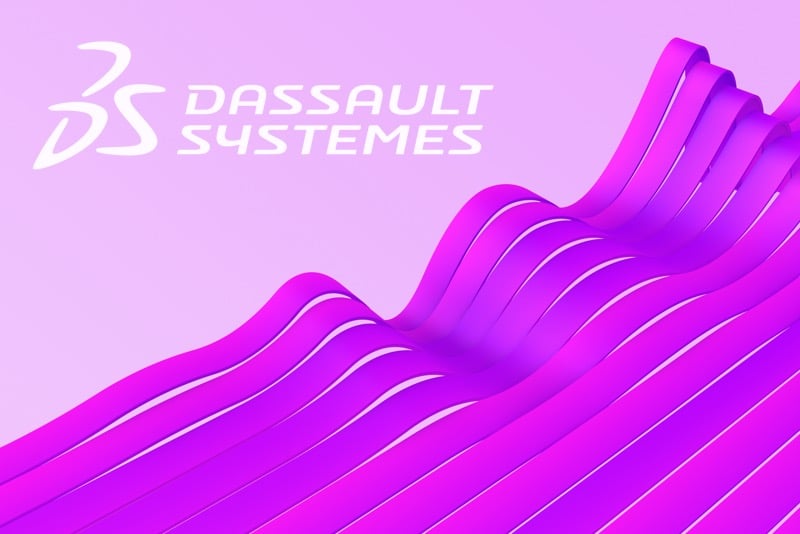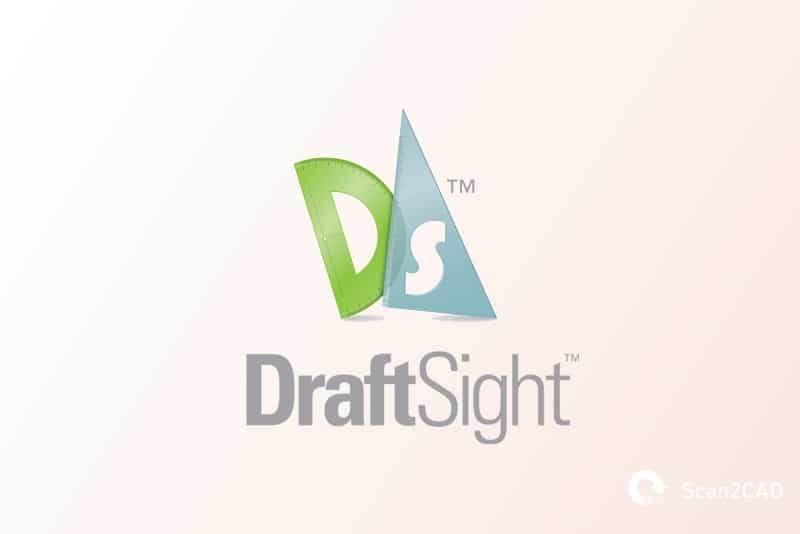Dassault Systèmes has long aimed to be more than a software provider. It markets itself as “the 3DEXPERIENCE Company”, and offers unique products to meet the needs of a vast range of industries. Its programs run the gamut from widely used design tools to specialized simulation software and intelligent dashboards.
In this article, we’ll compare some of Dassault Systèmes’ most popular software, as well as providing insight into some of their well-known brands, helping you make an informed choice about what to purchase.
CATIA
It may surprise you to learn that CATIA actually predates Dassault Systèmes. The software was first developed under the name CATI by Avions Marcel Dassault (now Dassault Aviation) in 1977 to develop the company’s fighter jet. In 1981, the company decided to start selling its in-house software, renaming it from CATI to CATIA. To sell the software, Dassault Systèmes was formed as a subsidiary. Today, it stands as one of the dominant players in the high-end CAD market, with CATIA offering a sophisticated suite of CAD, CAM and PLM tools.
In some ways, CATIA is playing in the same field as fellow Dassault software SolidWorks. After all, both CATIA and SolidWorks are CAD programs that enable users to create complex 3D designs. However, while SolidWorks is primarily a solid modeling application, CATIA is much broader in scope. There are three key disciplines in which CATIA operates, each of which comes with its own set of tools:
- Engineering: CATIA Engineering allows users to create 3D parts, with possibilities ranging from the simplest 3D sketches through to detailed industrial assemblies. Its advanced mechanical surfacing capabilities enable engineers to create incredibly complex parts. CATIA Engineering also includes digital prototyping tools which enable engineers to see how their part would perform in its operating environment.
- Systems engineering: This discipline focuses on managing the behavior of complex systems and products. As such, it spans a number of engineering disciplines, meaning that it is frequently collaborative in nature. CATIA Systems Engineering allows multidisciplinary teams to work together to create parts whilst producing cost savings and speeding up time-to-market.
- Design/Styling: CATIA Design/Styling is primarily aimed towards the industrial design sector. It enables designers to create parts starting from either 3D sketches or simply from scratch, and allows users an unrivalled level of creative freedom. It offers physical and virtual prototypes, as well as tools for reverse engineering and Class-A surfacing for 3D printing.
SolidWorks
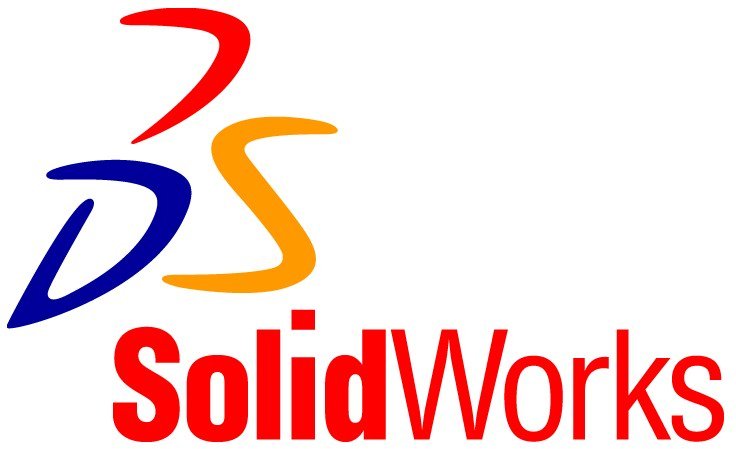
Though today considered one of Dassault Systèmes’ flagship products, SolidWorks did not start life with the company. It was initially created by MIT graduate Jon Hirschtick, who later went on to found cloud-based CAD company Onshape. The first edition of SolidWorks came out in 1995, and was so successful that Dassault made the decision to acquire it just two years later.
Over the past two decades, SolidWorks has maintained its dominance over the 3D design software market. Though it is a mid-range application when compared to its high-end stablemate CATIA, it still offers users a wide range of powerful design tools, including:
- 3D solid modeling with lifelike visualization
- Ability to create complex designs containing over 100,000 parts
- Design for sheet metal, molds, piping and tubing, and many more purposes
SolidWorks also includes a number of simulation tools, including FEA, linear stress analysis, and non-linear analysis. Users can also take advantage of the software’s PDM, electrical design and technical communication capabilities. More recently, Dassault has also introduced CAM tools, helping to bring together design and manufacturing.
Last month, Dassault Systèmes released the most recent version of the software: SolidWorks 2018. This saw the introduction of a number of new features, including Topology Study, PDM tool SolidWorks Manage, and support for meshes as native geometry. This product may be two decades old, but it’s certainly not slowing down.
DraftSight
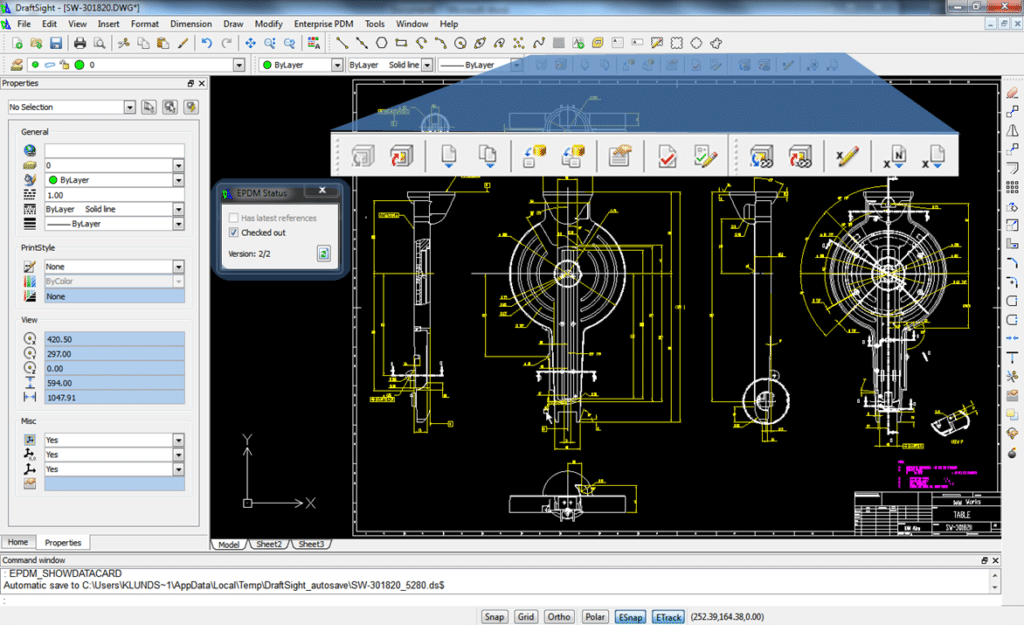
DraftSight, from Dassault Systèmes, is one example of free CAD software
One of Dassault Systèmes’ most popular products is DraftSight, a design tool which makes it easy for users to create 2D CAD drafts. Unlike most other Dassault Systèmes software, DraftSight is free to use. It also provides users with a way to view DWG files without AutoCAD, and it’s even possible to manually trace an image in DraftSight. It’s not possible, however, to automatically trace an image using the software.
The price point of DraftSight is a major pull: users can create and edit 2D CAD files for free. This makes it a great choice for small businesses and hobbyists. However, those whose businesses revolve around design and manufacturing should consider DraftSight Professional, which includes support for DGN files, Toolbox for DraftSight and the Design Library, and also allows users to generate G-code. There’s also DraftSight Enterprise for larger companies, which includes additional tech support and network licensing.
New to DraftSight? Want to get a handle on the software—fast? Check out our guide to learning the DraftSight basics in one hour.
SIMULIA
It’s no stretch to say that simulation has revolutionized the world of manufacturing. By allowing engineers and product designers to view the impact of stresses and fluid dynamics on the products they create, simulation has reduced the need for physical prototyping and allowed for the creation of less wasteful and more innovative products.
Dassault Systèmes’ contributions to simulation are its powerful SIMULIA applications. Its SIMULIA portfolio includes software catered to a wide range of sectors, such as AEC, aerospace, and consumer goods. It also includes products such as:
- Simpoe-Mold, which helps detect defects in the production of plastic parts
- Simpack, which simulates non-linear motion within mechanical and mechatronic systems
- Abaqus, which solves engineering problems across various industries, including the automotive industry
- Tosca, an optimization suite which helps designers to create lightweight, efficient and durable products
In addition to these tools, other SIMULIA applications include fe-safe, Isight, and Simpoe. Taken as a whole, this comprehensive set of simulation software helps users create products that would not otherwise be possible.
ENOVIA
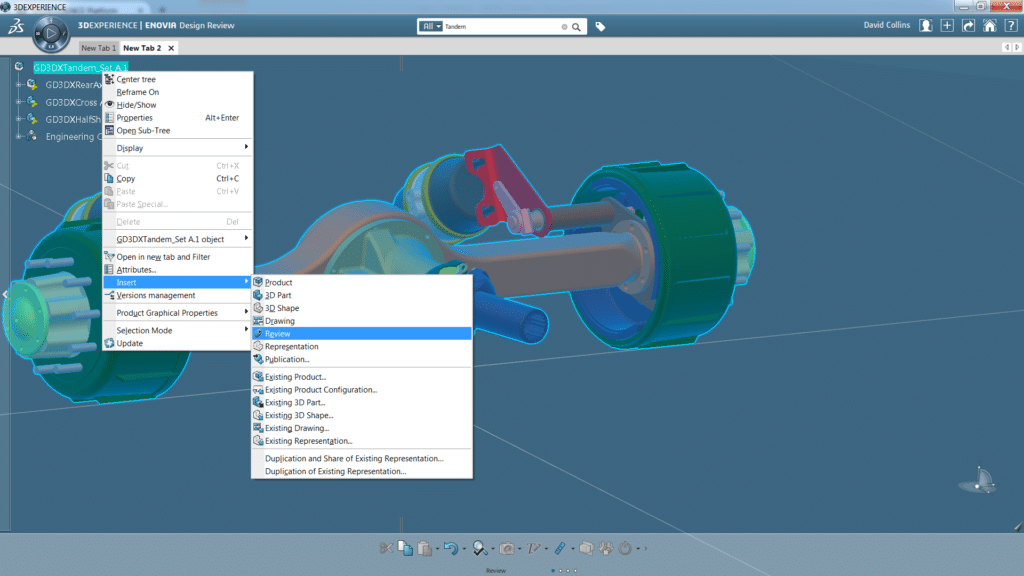
ENOVIA’s design reviewer. Image source: 3ds.com
As a global company, Dassault Systèmes understands that its clients work in international teams spanning numerous disciplines. As such, those teams need to be able to work collaboratively on projects from start to finish. That’s why Dassault created ENOVIA, an environment which connects teams and integrates seamlessly with other Dassault Systèmes design, engineering and analysis software.
The core ENOVIA software suite includes VPLM, which helps engineers to find the optimal process for companies creating highly complex products. It also includes SMARTEAM, a product data management (PDM) tool for SMEs, as well as departments of larger businesses. Together, they help companies to virtually manage their processes in order to create complex and innovative products.
DELMIA
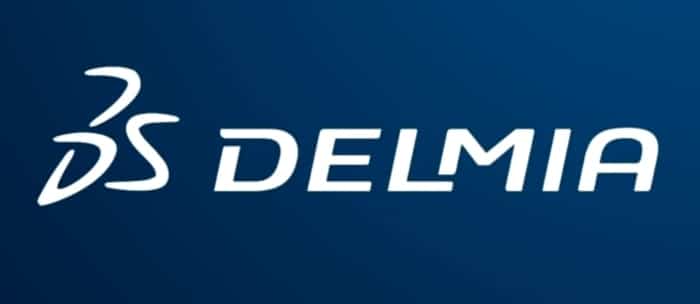
DELMIA is Dassault Systèmes global industrial operations brand. Image source: 3ds.com
When Dassault Systèmes first launched the DELMIA brand in 2000, it was a sign of their ambition to look beyond 3D design software. That’s because the DELMIA brand brings together a number of Dassault’s product lifecycle management applications. As such, it focuses on a product as a complete entity, rather than merely the sum of its (separately created) parts.
The DELMIA brand includes both original Dassault creations and programs acquired and developed by Dassault over the years. Examples include Apriso, a software suite spanning the full range of manufacturing activities, and Ortems, an advanced planning software which aims to make manufacturing speedier, leaner and more productive. The brand also gives its name to the DELMIA software, a Manufacturing Lifecycle Management application which allows its users to adapt to global demand.
GEOVIA
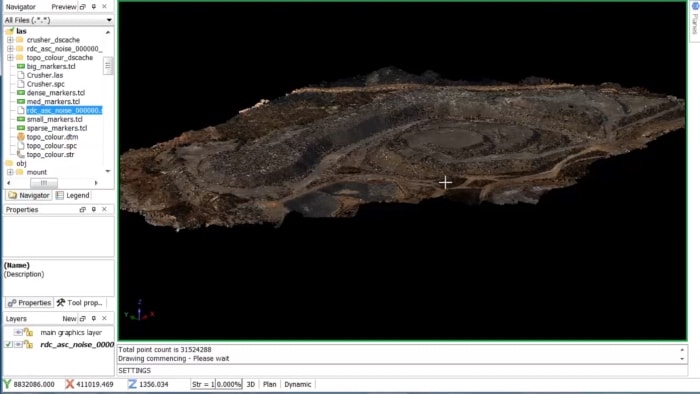
GEOVIA Surpac is a market leader in geology and mine planning. Image source: 3ds.com
GEOVIA is Dassault Systèmes’ brand encompassing a variety of geology and mining-related software. Programs bearing the GEOVIA brand include:
- Surpac, which Dassault claims is the “world’s most popular geology and mine planning software”. Surpac is a comprehensive tool, allowing users to design and plan mining activities, including everything from drilling through to resource estimation. The software supports mining operations in over 120 countries.
- GEMS, which provides a centralized database from which geologists and engineers can access planning data. The program aims to be easy to use whilst facilitating collaboration between team members.
- Minex, a tool for evaluating resources of stratified deposits, such as coal.
- MineSched, a scheduling software for mining that works seamlessly alongside GEOVIA’s other products.
Other GEOVIA offerings including strategic mine planning applications Whittle and PCBC, as well as production management tool InSite. All together, it adds up to a comprehensive set of tools for anyone working in geology and mining.
3DVIA
Dassault Systèmes launched 3DVIA in 2007 with the aim of bringing 3D technology to new markets. These included consumer markets, as well as professional markets where 3D technology had not traditionally been widespread. In recent years, however, some of the brand’s products have been spun off into other areas of the business. For example, the company’s technical communication software 3DVIA Composer is now CATIA Composer.
Nowadays, the brand has a strong focus on home interiors, and includes the following programs:
- 3DVIA Home: a cloud-based space planning solution for enterprise consumers. Its easy to use interface makes it easy to create functional interiors in just minutes.
- Homebyme: an online space which allows users to create an entire home in 3D, with thousands of materials, textures and colors to choose from. Primarily for consumers rather than for enterprise.
More from Dassault Systèmes
We’ve already compiled a fairly comprehensive list of Dassault Systèmes software here—but if you thought that was all they had to offer, then think again. Other Dassault products include:
- 3DEXCITE, which offers high-end 3D visualizations
- BIOVIA, which aids new scientific advances by allowing scientists to collaborate across companies and fields
- Exalead, which helps organizations to transform big data into intelligence that helps businesses help their customers
- Netvibes, a dashboard tool which enables businesses to make smarter decisions with access to data and metrics from across the web
It’s also impossible to discuss Dassault Systèmes without mentioning their pioneering 3DEXPERIENCE platform. This platform gathers together Dassault’s industry-focused applications and enables businesses to find a package that works for them. These packages—which Dassault labels ‘experiences’—are specifically designed to meet the needs of different fields and occupations.
It’s clear to see that Dassault Systèmes are involved in a dizzying array of industries and sectors—but we’ve only just scratched the surface here. To learn even more about this design giant, head to our guide to everything you need to know about Dassault Systèmes.

